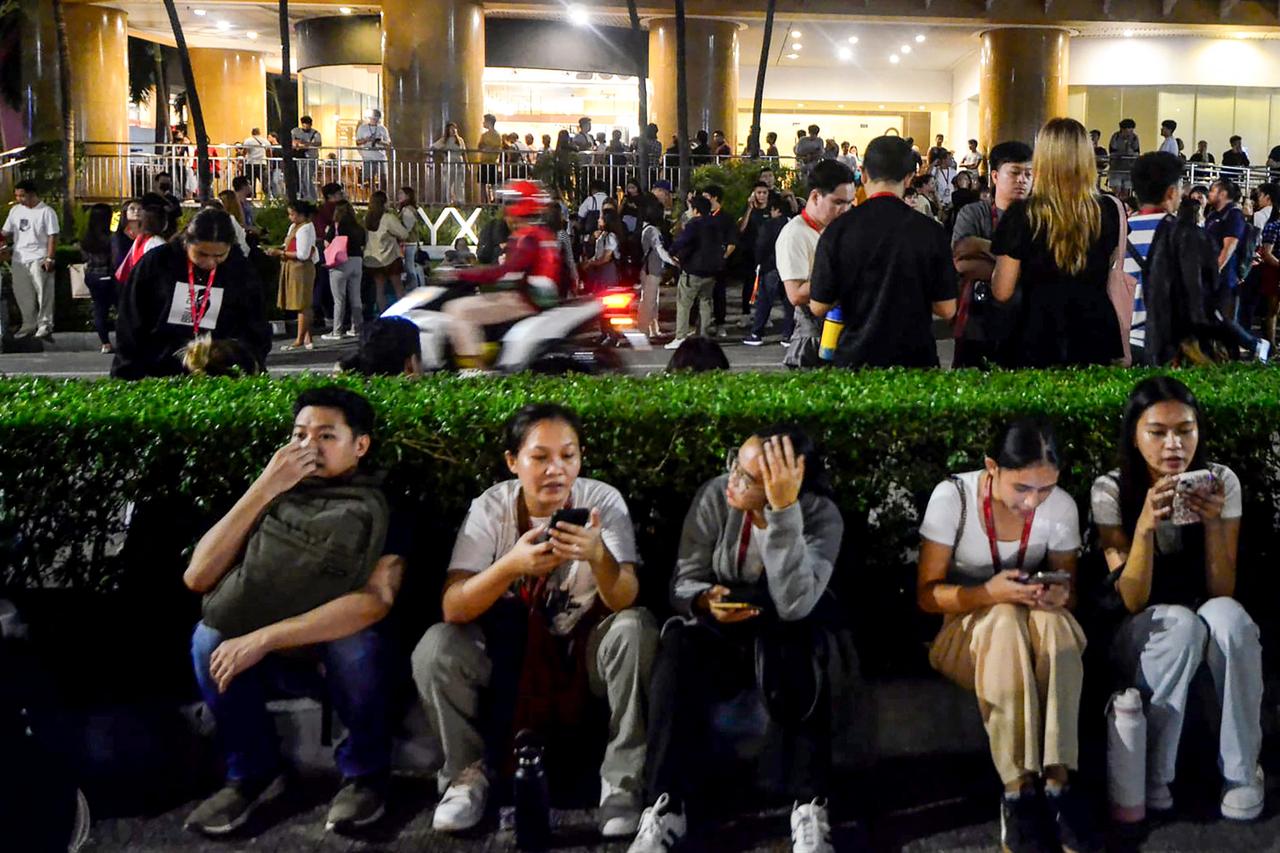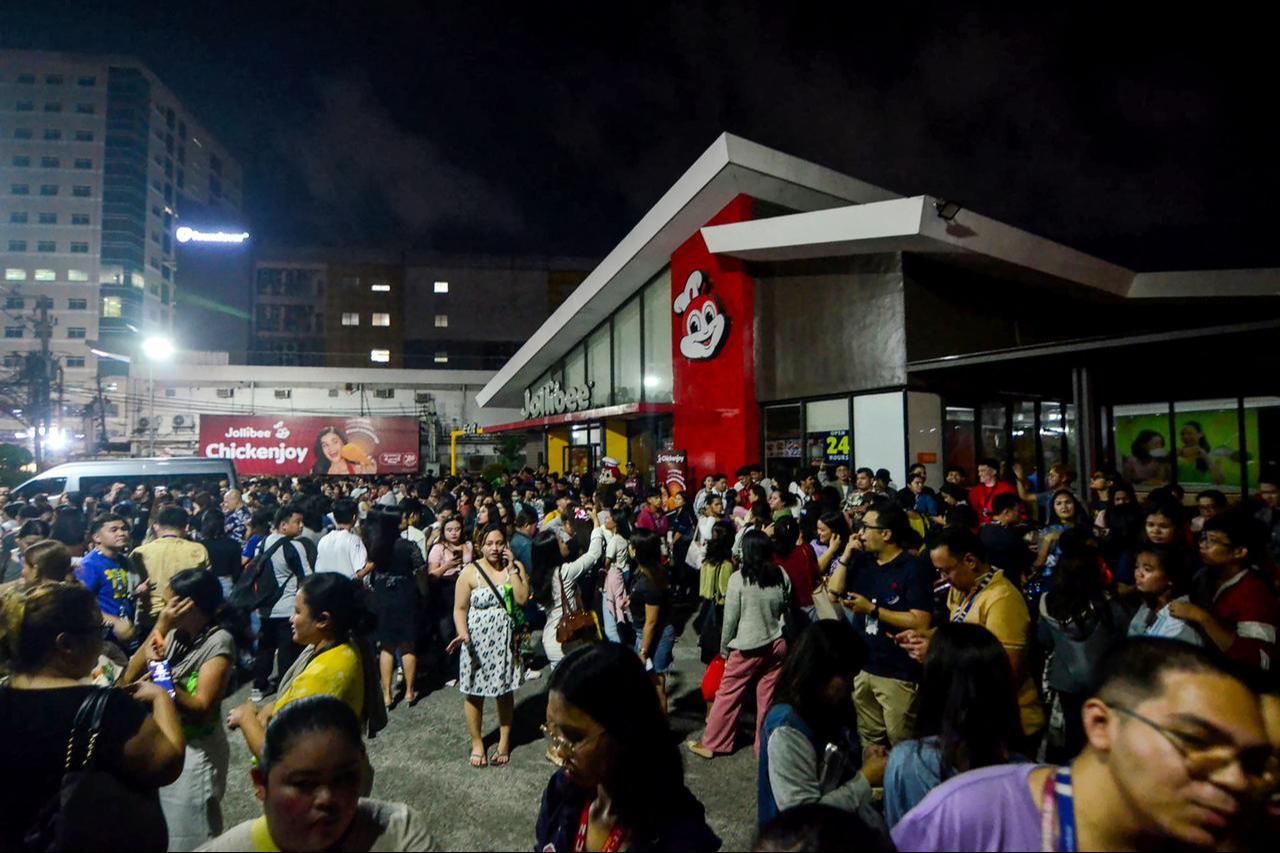
A magnitude 6.9 earthquake struck off the coast of central Philippines on Tuesday evening, the U.S. Geological Survey reported, with some structural damage reported in the affected region.
At least five people were reported dead after a magnitude 6.9 earthquake hit the Philippines on Tuesday, according to ABS-CBN News. A sports complex collapsed in northern Cebu during a basketball game. Several people were reported dead and injured.
Four of the casualties were reported to be from the team responding to the collapse of the complex. One of the casualties was a Bureau of Fire Protection personnel, and three were members of the Philippine Coast Guard, according to Police Capt. Jan Ace Elcid Layug.
The fifth casualty was a child who was trapped in rubble in a separate location.
The epicenter was located approximately 10 kilometers west of the Palompon region and off the coast of Calape, according to the U.S. Geological Survey. The quake occurred at a depth of about 10 kilometers.
The Philippine Institute of Volcanology and Seismology recorded the magnitude as 6.7 and placed the epicenter approximately 17 kilometers off the coast of Bogo city in Cebu province.
The local seismology office expects both damage and aftershocks from the tremor.
Authorities warned of a possible "minor sea-level disturbance" and urged residents of the central islands of Leyte, Cebu and Biliran to "stay away from the beach and not to go to the coast."
The statement warned that strong currents and rapid changes in sea level could occur in the area. However, the Pacific Tsunami Warning Center later confirmed "there is no tsunami threat from this earthquake" and "no action is required."

Cebu firefighter Joey Leeguid described the intensity of the quake from San Fernando town.
"We felt the shake here in our station, it was so strong. We saw our locker moving from left to right, we felt slightly dizzy for a while but we are all fine now," Leeguid told Agence France-Press (AFP).
Martham Pacilan, a 25-year-old resident of the resort town of Bantayan near the epicenter, was at the town square when the earthquake struck.
"I heard a loud booming noise from the direction of the church then I saw rocks falling from the structure. Luckily no one got hurt," he told AFP, adding, "I was in shock and in panic at the same time but my body couldn't move, I was just there waiting for the shake to stop."
Agnes Merza, a 65-year-old carer based in Bantayan, reported damage to her home.
"It felt as though we would all fall down. It's the first time I have experienced it. The neighbours all ran out of their homes. My two teenage assistants hid under a table because that's what they were taught in the boy scouts," Merza told AFP, adding that her kitchen tiles had cracked.
A stone church in the Daanbantayan town in Cebu collapsed due to the earthquake, and power outages were reported in the area. Residents who felt the tremor rushed into the streets.
The USGS initially reported a magnitude reading of 7.0 before revising it down to 6.9.
Bogo, a city of more than 90,000 people, is located near the epicenter.

Quakes are a near-daily occurrence in the Philippines, which is situated on the Pacific "Ring of Fire," an arc of intense seismic activity stretching from Japan through Southeast Asia and across the Pacific basin.
Most are too weak to be felt by humans, but strong and destructive ones come at random, with no technology available to predict when and where they might strike.
The Philippines is among the countries with the highest seismic activity in the world.